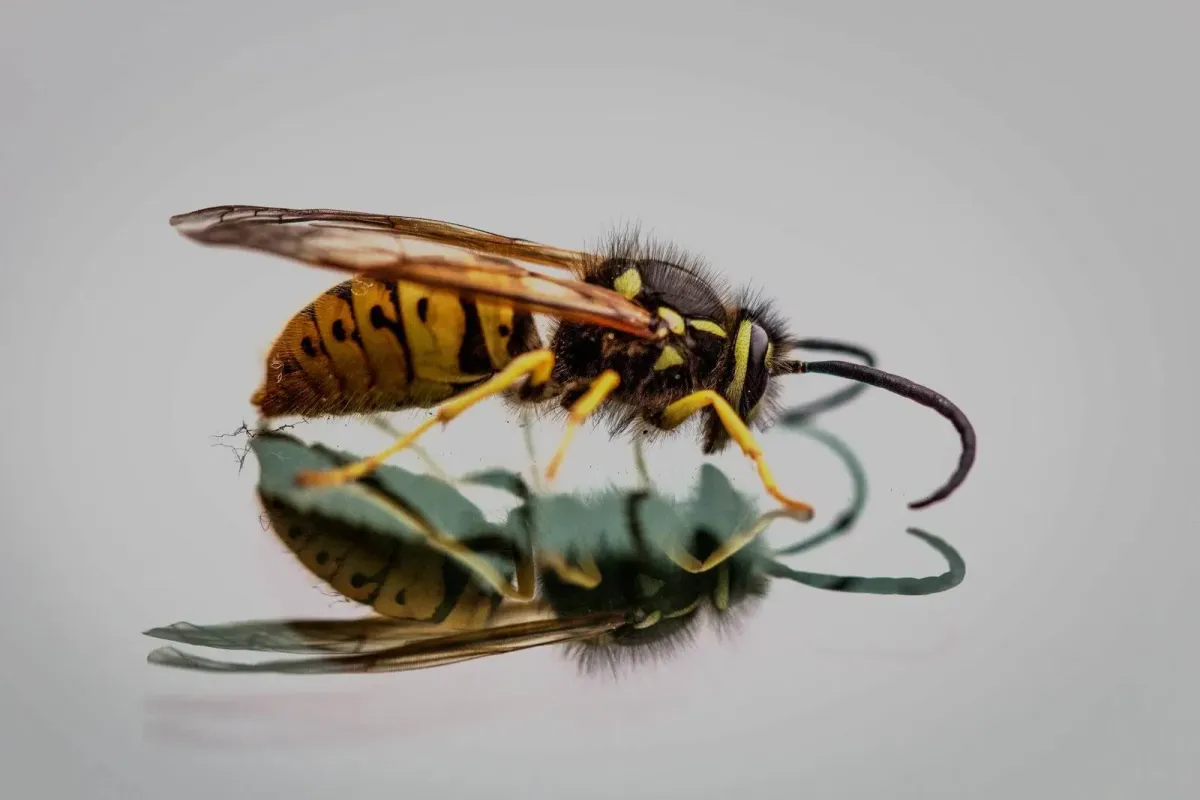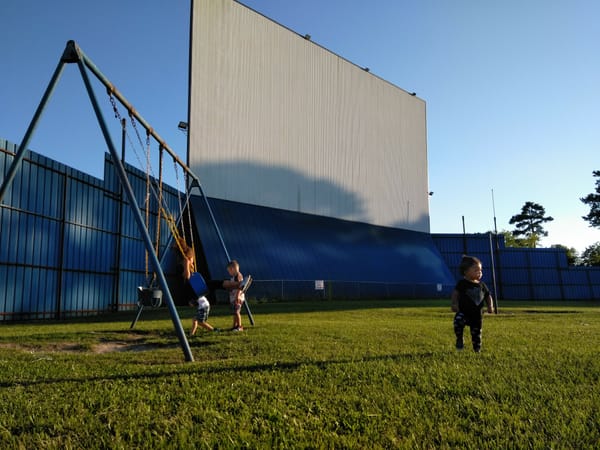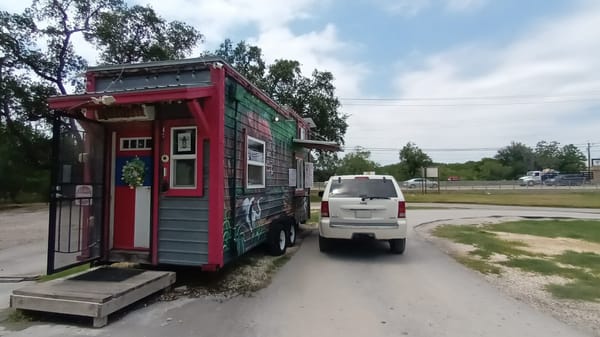Wasp Wars: Winning the Battle Against Wasp Nests

Learn how to prevent wasp nests and control wasp populations with these practical tips and natural deterrents. Regular inspections and prompt addressing of potential nesting sites are essential preventive measures.

Understanding the Threat of Wasp Nests
Wasp nests are not just a nuisance but also pose a potential threat, especially for individuals with allergies. Understanding the different varieties of wasps is crucial for effective control and nest deterrence. In the US, common types of wasps include mud daubers, paper wasps, yellow jackets, bald-faced hornets, and European hornets. Each of these varieties exhibits distinctive nesting and foraging behaviors, making it important to be able to identify them to implement appropriate control measures.
For example, mud daubers are known for building their nests from mud in sheltered areas, while paper wasps often construct their umbrella-shaped nests under eaves. Yellow jackets are notorious for nesting in the ground, and bald-faced hornets usually build their football-shaped nests in trees and shrubs. European hornets, on the other hand, prefer to establish their nests in hollow trees, wall voids, and attics.
At my property in Texas, I normally encounter yellow jackets and paper wasps. The paper wasps are the ones I see most often, typically building their umbrella-shaped nests under the eaves along the roofline of my house and the nearby shed. Without fail, as soon as the temperature rises above 60 degrees, they immediately get to work.
This diversity in nesting behaviors underscores the importance of being able to identify different types of wasps to address and deter their presence on your property effectively. Understanding their behavior patterns and nesting preferences is essential for preventing the formation of new nests and removing existing ones.
Signs of Wasp Activity and Nesting Sites
Understanding the signs of increased wasp activity and identifying potential nesting sites is vital for effective wasp control and prevention. One of the key indicators of heightened wasp activity is an increased presence of these insects in and around your property. This can include seeing a larger number of wasps flying around, especially near potential nesting sites such as eaves, trees, or bushes. Additionally, the presence of nesting sites, which can vary in appearance depending on the type of wasp, is a clear sign that action needs to be taken to prevent infestations.
Chewed wood and piles of dead insects are also telltale signs of wasp activity. Wasps chew wood to create their nests, so finding wooden structures with signs of chewing or damage can indicate a nearby nesting site. Additionally, piles of dead insects near a specific area can suggest the presence of a wasp nest nearby, as these insects are a food source for wasps and may accumulate around a nest.
Furthermore, aggressive behavior from wasps, such as swarming or displaying territorial behavior, can indicate an established nest nearby. Wasps can become aggressive when they feel their nest or territory is threatened, and observing such behavior should prompt immediate action to locate and eliminate the nest.
Regular inspections of the property, including structures, landscaping, and outdoor spaces, are essential for early detection of nesting sites and the implementation of preventive measures to deter wasps from establishing nests.
Prevention Strategies for Wasp Nests
Practical prevention tips can play a vital role in deterring wasps from forming nests in and around homes. In addition to sealing up cracks and keeping food and trash covered, it's important to understand the specific attractants that draw wasps to a property.
For example, ensuring that garbage cans are tightly sealed and free of food or drink spills can minimize the presence of wasps. Furthermore, removing standing water sources and minimizing the use of bright colors in outdoor decor can also prevent wasp nests.
Regular property inspections are crucial in identifying and addressing potential nesting sites promptly. By inspecting areas such as eaves, attics, and other sheltered spaces, homeowners can proactively identify and eliminate any developing wasp nests.
Regular inspections can also help in detecting any areas with chewed wood, which is a common sign of wasp activity, and allow for immediate action to be taken to deter the insects from establishing nests on the property.
Natural Deterrents and Home Remedies
When it comes to preventing wasp nests and deterring these insects from entering your property, natural deterrents and home remedies can be highly effective. For example, peppermint oil is known for its ability to repel wasps due to its strong scent, which they find unpleasant.
Similarly, cloves can also be used as a natural deterrent to keep wasps away from your home. Their strong aroma can act as a deterrent, making the area less appealing to wasps looking for nesting sites.
In addition to these natural deterrents, homemade traps can be a practical and cost-effective solution for controlling and deterring wasp populations.
For instance, a simple homemade trap using a mixture of sugar water and vinegar can help capture and reduce the number of wasps in your yard. The sweet scent of the sugar water attracts the wasps, while the vinegar traps them, making it an effective method for managing the presence of these insects without resorting to harmful chemicals.
A soap and water mixture can be sprayed on wasp nests to suffocate and eliminate the wasps, providing a natural and non-toxic approach to nest removal.
These natural remedies offer an environmentally friendly way to manage wasps and contribute to a safer and healthier living environment for you and your family.
Effective Wasp Control and Nest Removal
When it comes to effectively controlling wasp populations and removing nests, it is crucial to prioritize safety and thoroughness. Proper clothing and disposal methods are essential for the safe removal of wasp nests. This includes wearing protective clothing such as long sleeves, pants, gloves, and a face mask to minimize the risk of stings during nest removal. Additionally, it's vital to dispose of the nest properly to prevent any remaining wasps from regrouping and rebuilding in the same area.
In addition to safe removal practices, identifying nests and inspecting for entry points are fundamental steps in the process of eliminating wasps from homes. By locating and understanding the nesting sites, individuals can take targeted action to address the specific areas where wasps are most active.
This may involve sealing off entry points and implementing deterrents to discourage wasps from returning to these locations.
By following these recommended steps and taking the necessary precautions, individuals can work towards effectively managing wasp populations and ensuring the safe removal of nests.
Conclusion
In summary, understanding the varieties of wasps is crucial for effective wasp control and nest deterrence. Mud daubers, paper wasps, yellow jackets, bald-faced hornets, and European hornets are common types of wasps found in the US, each with distinct behaviors and nesting preferences. For instance, mud daubers construct their nests from mud, while paper wasps build open, umbrella-shaped nests. Recognizing these differences can aid in identifying the type of wasp activity around your property and implementing targeted prevention methods.
Recognizing signs of increased wasp activity is also vital. For example, heightened presence, nesting sites, chewed wood, piles of dead insects, and aggressive behavior are clear indicators of a growing wasp population. By regularly inspecting your property for these signs, you can take prompt action to address potential nesting sites and prevent infestations. Proactive measures such as sealing up cracks, keeping food and trash covered, and removing attractants like water, bright colors, and flowers are effective strategies for preventing wasp nests and reducing the risk of stings. These preventive measures can significantly minimize the chances of wasps establishing nests in and around your home.
Utilizing natural deterrents and home remedies also plays a crucial role in wasp control. For instance, peppermint oil, cloves, and essential oil blends have been found to be effective in deterring wasps from properties. Similarly, homemade traps and a soap and water mixture can help in controlling and reducing wasp populations, especially in outdoor areas where wasps tend to forage and build nests. By incorporating these natural methods into your pest control regimen, you can create an environment that is less attractive to wasps, ultimately discouraging them from nesting on your property. These strategies, when combined with proper removal techniques and proactive pest control measures, can significantly contribute to a wasp-free living environment.




